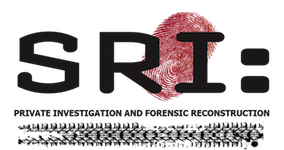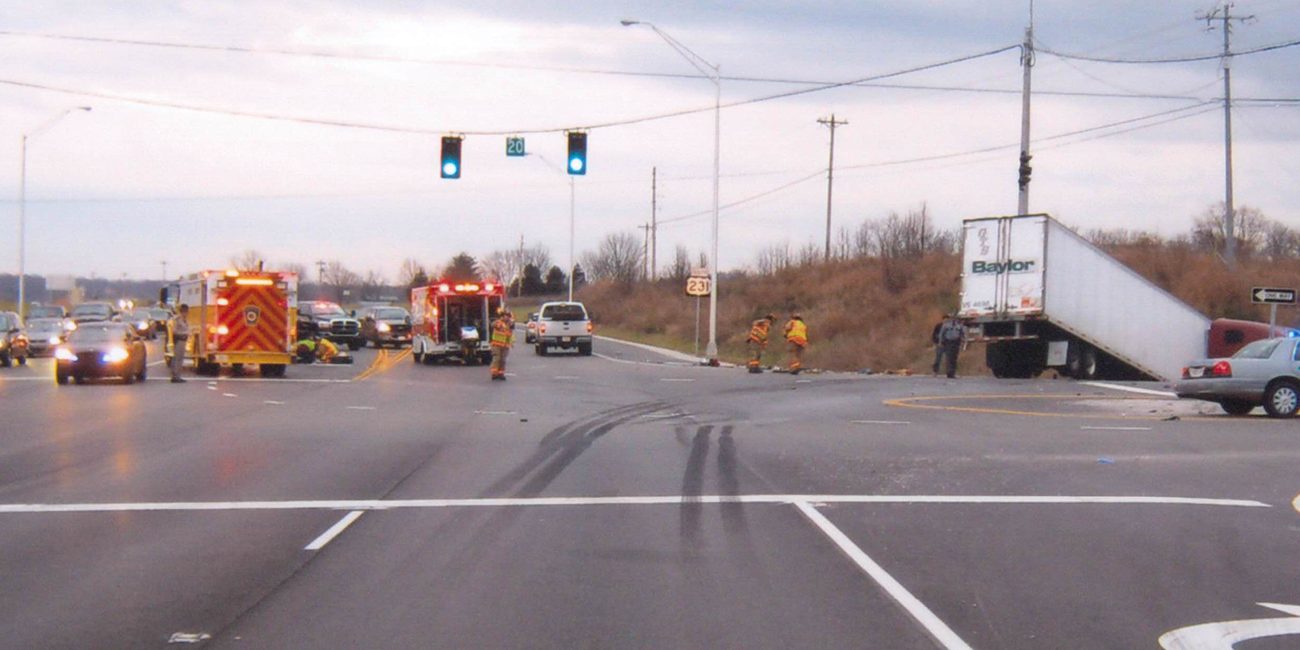Over the past 24 years I’ve worked and or reconstructed countless traffic collisions involving commercial motor vehicles. I’ve read hundreds of not thousands of depositions of truck owners and drivers. One thing that has become abundantly clear is that virtually no one out there understands the regulations when it comes to truck inspections. This blog pot will hopefully will help clear this issue up.
Federal Motor Carrier Safety Regulation 392.7 requires a driver to do a pre-trip inspection and inspect the following items:
1. Service brakes including trailer brake connections
2. Parking (hand) brake
3. Steering mechanism
4. Tires
5. Horn
6. Windshield wiper or wipers
7. Rear-vision mirror or mirrors
8. Coupling devices
Federal Motor Carrier Safety Regulation 392.8 requires the inspection of the emergency equipment. This includes fire extinguisher, flares or reflective triangles, and spare fuses for the truck.
Federal Motor Carrier Safety Regulation 396.11 requires that the drivers inspect the vehicle at the completion of each days work and prepare a written report of their inspection findings. This inspection includes:
1. Service brakes, including trailer brake connections
2. Parking (hand) brake
3. Steering mechanism
4. Tires
5. Horn
6. Windshield wiper or wipers
7. Rear-vision mirror or mirrors
8. Coupling devices
9. Wheels and rims
10. Emergency equipment
Federal Motor Carrier Safety Regulation 396.3 requires the Motor Carrier to have a system in place to repair the Commercial Motor Vehicle and further requires the Motor Carrier to retain the maintenance records for this vehicle either where this vehicle is housed or maintained. These records are required to be kept for 1 year and or 6 months after the vehicle is no longer maintained by the motor carrier.
Federal Motor Carrier Safety Regulation 396.13 requires that the driver be satisfied that the vehicle is in safe operation prior to operation, review the last post trip-inspection and insure that all repairs have been made to the vehicle sign the report if the defects or deficiencies have been repaired.
Federal Motor Carrier Safety Regulation 396.17 further requires that the motor carrier perform periodic inspection of the commercial motor vehicle and the CMV comply at a minimum with appendix G of the federal motor carrier safety regulations.
In summary, there are two required inspections of a commercial motor vehicle per day: pre-trip inspection and a post-trip inspection. During the post-trip inspection a daily inspection report is required to be completed. Also, the motor carrier is required to have a system in place to repair the truck. As the daily inspection report includes deficiencies in with the CMV, the motor carrier must repair the truck before the next usage of the truck. At the time of the next operation of the truck the driver as part of his pre-trip inspection shall review the previous daily inspection report and sign the report certifying the repairs were made to the CMV. These drivers daily inspection reports have to be retained for a period of 1 year after the repairs have been made.
Related Links:
~ Joey Stidham, Owner of Stidham Reconstruction and Investigation








